
|   |

|   |
Boundless verve - Sharmila Basu Thakur e-mail: sharmila.shanonda@gmail.com Photos: Ashok Banik May 7, 2019 Each classical dance has its own traditional items and a chronological pattern of presentation. Normally every classical dance style starts with an invocation and then moves forward with items based on nritta and nritya aspect of dance. Indian classical dance is a treasure of immense possibilities of creation maintaining the regime of grammatical restrictions. Presented by South Gurukul Society in association with Sutra Foundation (Malaysia) and Rudrakshya Foundation (Odisha), Odissi on High at G D Birla Sabhaghar, Kolkata, proved this truth. 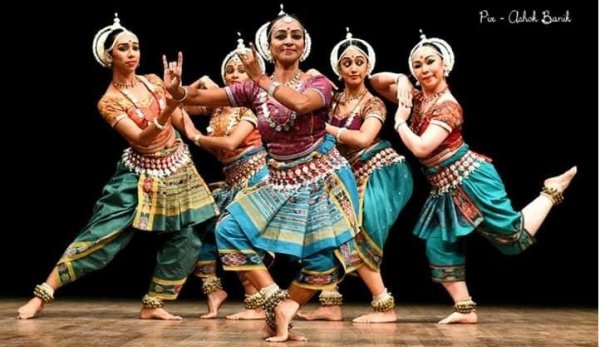 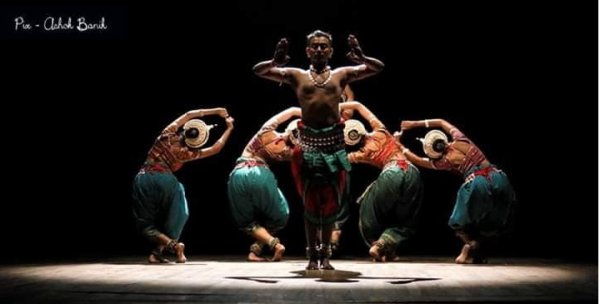 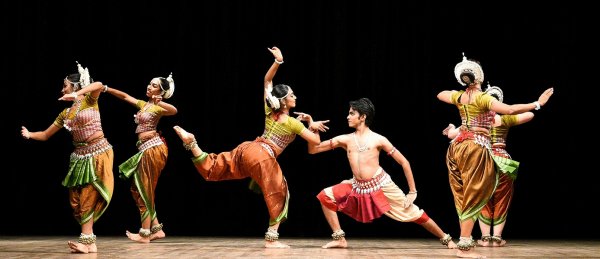 With dazzling performances by dancers of Sutra (Kuala Lumpur) and Rudrakshya (Bhubaneswar), the production explored the evolution of Pallavi representing the styles of the two pioneer Odissi gurus, Kelucharan Mohapatra and Debaprasad Das. The approaches of these two gurus have been developed by their respective disciples, Guru Bichitrananda and Guru Durga Charan Ranbir, respectively. Ramli Ibrahim conceived and directed this production along with Guru Bichitrananda Swain. The evening began with Kalabati Pallavi. Originally composed by Guru Debaprasad Das, it was a sabhinaya Pallavi which concluded with a short song by Banamali Das, one of Odisha's illustrious medieval poets. The opening scene of Krishna with his flute was brilliant. It was followed by Mukhari Pallavi. All the dancers were agile, in rhythmic coordination, slim and expressive. The choreographic pattern of all the six items of the evening brought out the essence of Pallavi, elaboration through rhythm and joy. 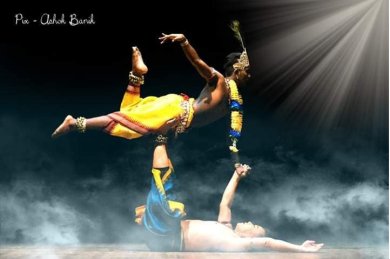 The group presentations conceived and choreographed by Ramli Ibrahim and Bichitrananda manifested the power of rhythm (undeterred by sahitya) which bloomed into ecstasy through movements and choreographic patterns. The arithmetic of nritta or pure dance became enjoyable and fulfilling because of creative visualization of the choreographers and crisp and precise performance of the dancers. Even in few numbers, dramatization of rhythmic situation was really praiseworthy. To capture the enigma of abstraction, intelligent infusion of certain elements were imaginative. 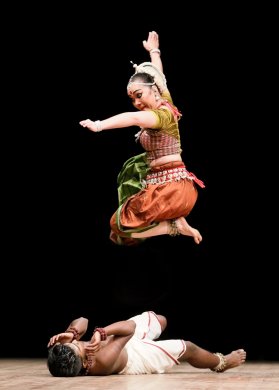 Tala Taranga, the third item of the evening was an exquisite presentation. It was a pure dance piece involving innovative choreography using different percussion instruments like mardala, mridanga and khanjani. The five male dancers were stunning with their technical finesse and vigorous energy. The second half of the program began with Shankarabharanam Pallavi, a historical composition by Guru Kelucharan Mohapatra. The group composition of the evening was done by Sutra Collective. It was followed by Chakravaka Pallavi and the program ended with Ananda Bhairavi. Like the blossoming of a flower, the evening of Pallavi gradually unfolded the beauty of raga, tapestry of rhythm, exuberance of movements and joy of dance. Costumes were aesthetically done. However, sometimes it became a little monotonous and repetitive. I think that is because of the theme itself. Sharmila Basu Thakur is a journalist, trained classical dancer, dance critic, writer. |